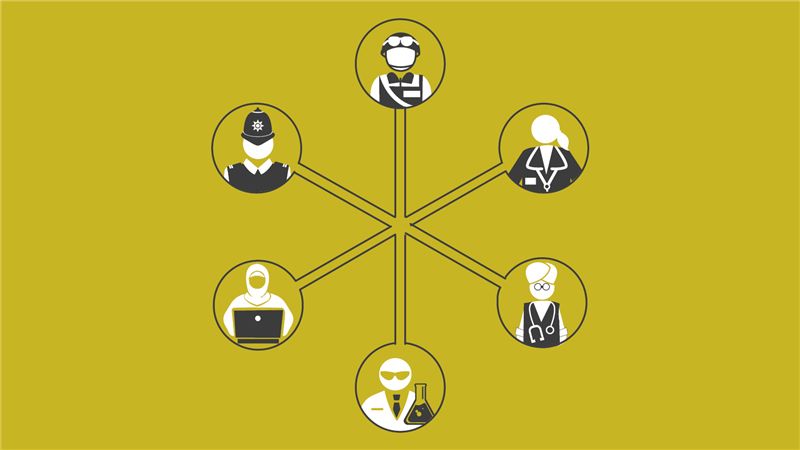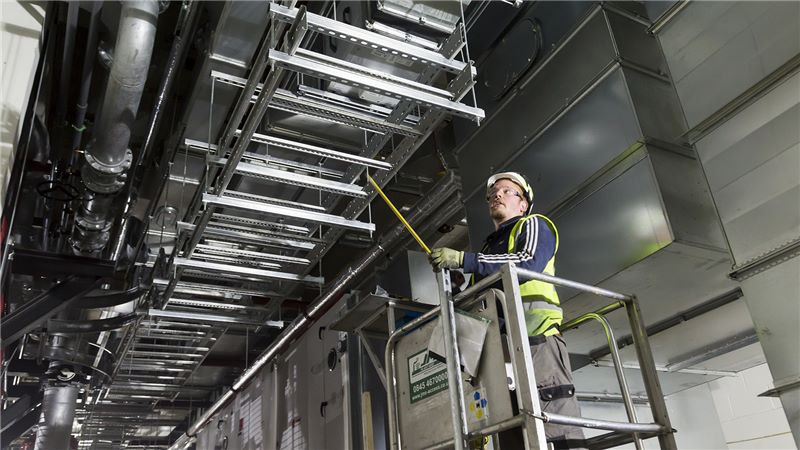COVID-19: The need to become data-driven at speed
Construction has been going through a slow digital revolution for more than a decade. The industry has been trying to modernise, from better use of data to advanced methods of construction on sites, but progress has been slow.
The constant call was – digital transformation is nearly here! And too often we continued on working like we always have.
Then, in February, an unprecedented global health crisis hit and changed everything. Coronavirus has disrupted every industry and every state across the world – and so it will change how we work in construction.
While the impact of the crisis is devastating for people, businesses and the economy, it has forged a new opportunity for businesses to use technology and data to make vital decisions, as they are being tested to the limit.
When the dust settles, alongside the huge costs of this epidemic, we may find some positives. One of them is likely to be that businesses have had to transform themselves at speed into data-driven, agile organisations.
At Mace, we have long held an ambition to be a truly data-driven company – but that ambition has often by stymied by the challenges of rolling out new technology and process at speed. In many organisations, inertia is driven by a tendency to accept ‘the way things have always been done’.
When a crisis hits, however, you have to move quickly – and that can mean innovating at speed. The last month has seen us adopt radically new ways of working; supported by collaboration and digital platforms that we were in the process of slowly rolling out over months. Instead, we did it in days. It has seen us build powerful data dashboards to track everything from our cash position to our overall financial performance and the numbers of operatives on our sites.
Faced with a crisis situation, the focus suddenly changes on the key decisions to be made – or in the words of Mark Reynolds, our Group Chief Executive, the focus shifts to ‘speed over elegance’.
As the crisis developed and sites closed, it became clear that we would live or die by our access to live, hour-by-hour high quality data on our performance and our finances – and so we had to build new tools and ways of working at pace. Using data that connected our clients, our supply chain, our people and our projects, truly thinking at the enterprise level and becoming a fully connected, dynamic business.
From a construction perspective, having a centralised system in place that collects all the data from live construction sites have put organisations in a great position to quickly respond to daily changes in policy and Government guidance. The insights from data drives real-time decision making – and that in turn embeds new ways of thinking and delivering across organisations.
Our collaboration tool – which we ramped up from 300 users to 4,500 in just 36 hours – paved the way for developing new and better ways of working between teams based all over the world, not just those who were now working from home in the UK. We built a digitally-enabled ‘war room’ in our headquarters to manage the crisis – and then we moved the entire operation online in less than a week when it became clear the city would close for business.
The investments made in cloud-based applications proved invaluable as colleagues had access to mission critical systems from any location, on any device.
We are now beginning to move out of the response and resilience phases of our crisis response and looking forward to recovery and reinventing how we work. For companies like ours – as well as clients and suppliers – normal working practices are unlikely to be the same ever again. The ‘winners’ from this awful crisis will be those who can quickly adopt and adapt these new ways of working to transform their business as usual.
For some, that will just mean exploring whether more people can work from home more often. Others will take advantage of the momentum to build deeper insights that can help them improve traditional business models and develop new business propositions.
That mindset will help us change construction for the better. We’re now on the cusp of truly transforming the built environment, using the power of data and technology. Why can’t a client track real-time delivery of assets on a site? Why can’t the consultants provide a live data studio that tracks productivity? Why can’t a global team collaborate effortlessly to deliver a project in London?
Two months ago, the answer to all those questions tended – all too often – to be ‘it’s too hard’ or ‘it’s too expensive’. Now we know different, and construction is unlikely to ever be the same again.












